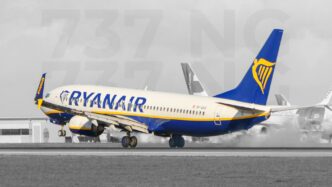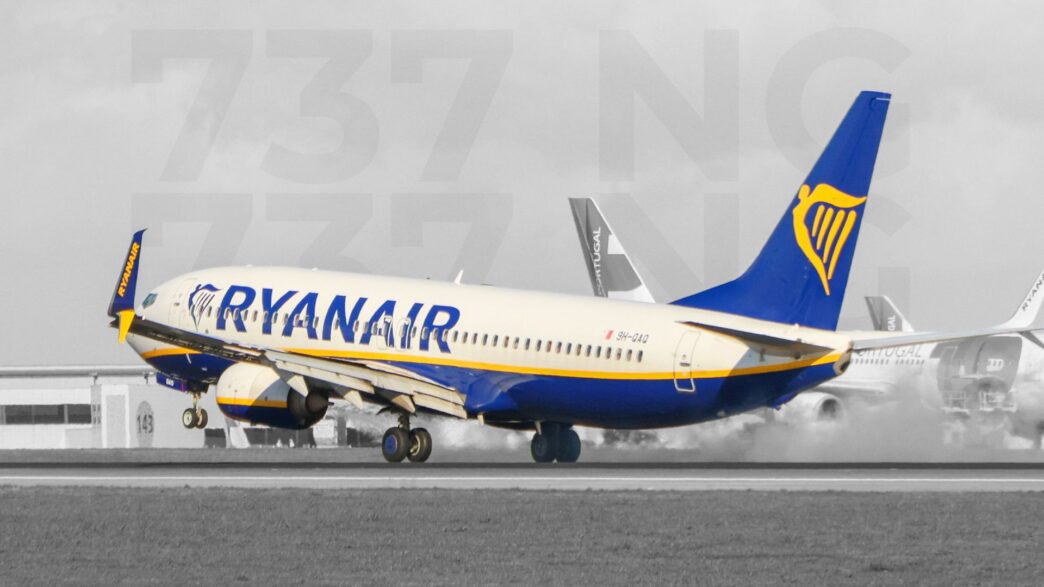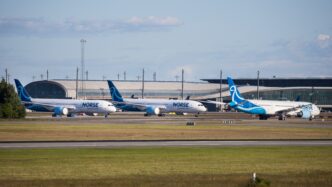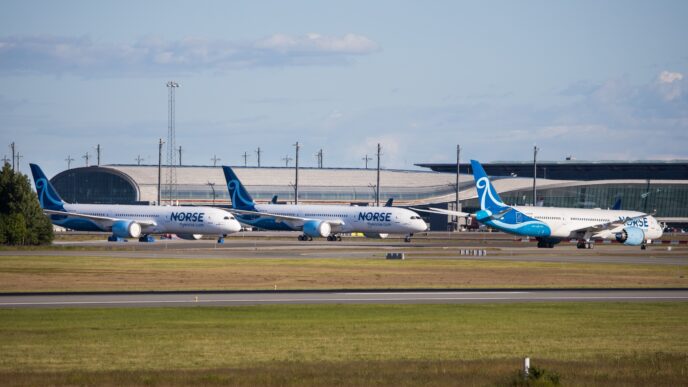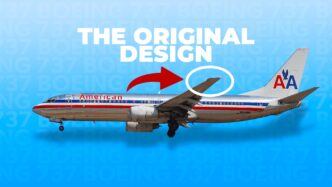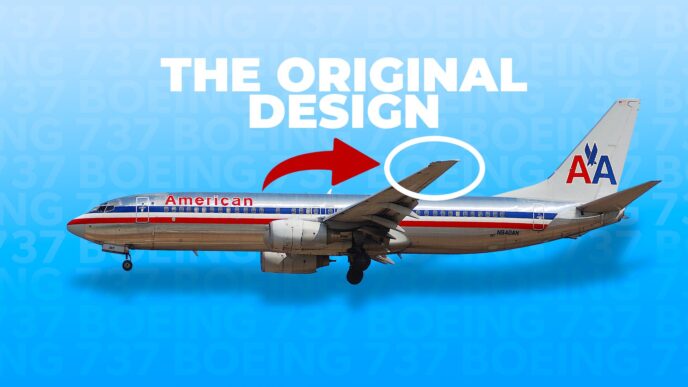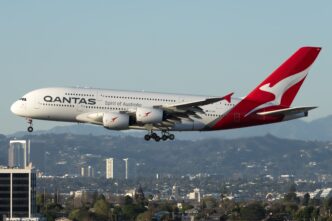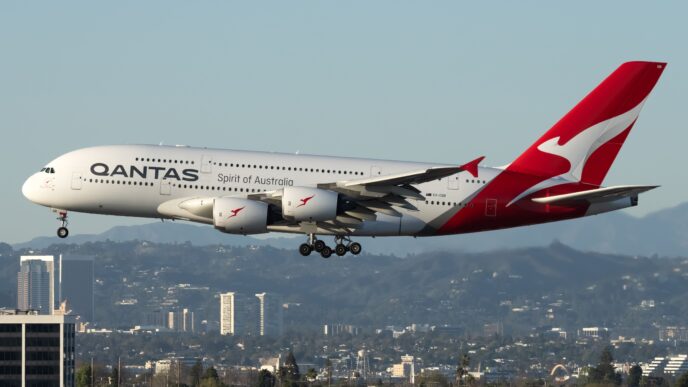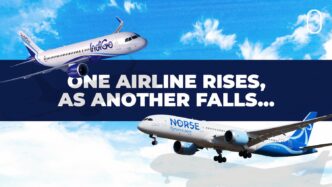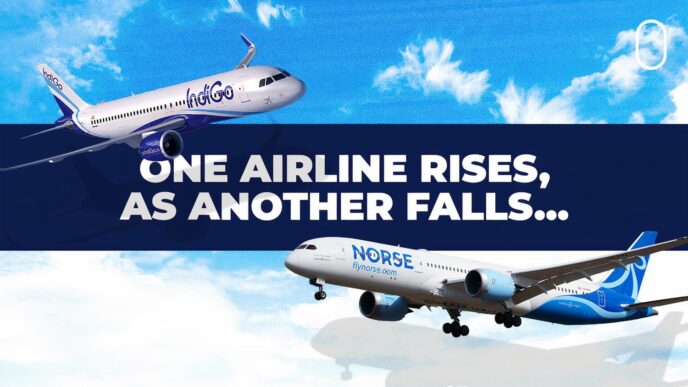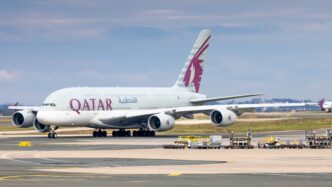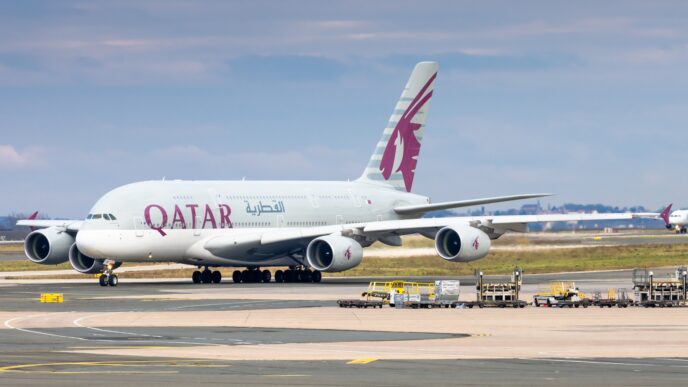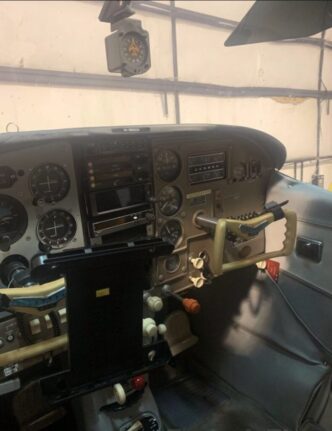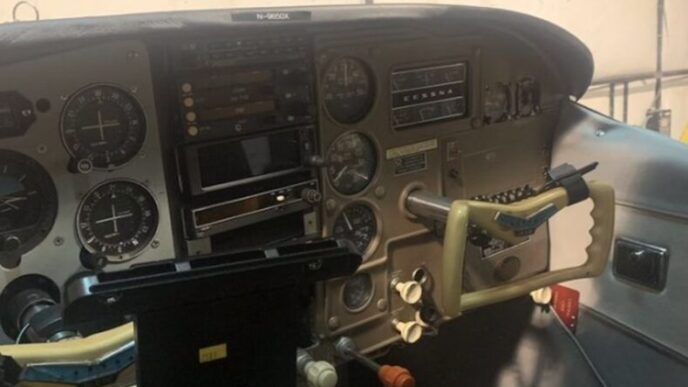Ryanair, established in the 1980s, has grown into a powerhouse among Europe’s low-cost airlines. Known for its extensive short-haul network, the airline operates hundreds of flights daily, focusing on quick turnarounds and high aircraft utilization to keep costs down. Central to this strategy has been its reliance on Boeing aircraft, with the Boeing 737 playing a pivotal role since its introduction to the fleet in 1992. Today, Ryanair’s fleet is predominantly made up of Boeing 737-800s, except for its subsidiary Lauda Europe, which flies Airbus A320s. The 737-800 Next Generation, in particular, has been the backbone of Ryanair’s operations since its first delivery in 1999.
However, as these aircraft age, Ryanair is planning a transition. The airline currently operates around 395 Boeing 737-800s, with a significant number nearing the end of their service life. Many of these planes, including some delivered as early as 2004, are approaching the typical lifespan for commercial jets, which is around 20 to 30 years. Ryanair’s CEO, Michael O’Leary, announced in 2023 that the airline would start phasing out its older 737-800s between 2026 and 2028. This move is part of a broader strategy to replace aging aircraft with more efficient models, ensuring the fleet remains modern and cost-effective.
Ryanair has been gradually introducing the Boeing 737 MAX 8-200 into its fleet, a move that promises greater efficiency and lower operating costs. The airline’s initial order for the MAX 8-200 was placed in 2014, with deliveries beginning in 2021 after the aircraft received certification. This new model offers clear advantages over the older 737 NG, aligning with Ryanair’s commitment to maintaining a competitive edge in the low-cost market.
#Ryanair #Aviation #Boeing737 #LowCostCarrier #FleetUpgrade
Originally reported by Simple Flying Read More
